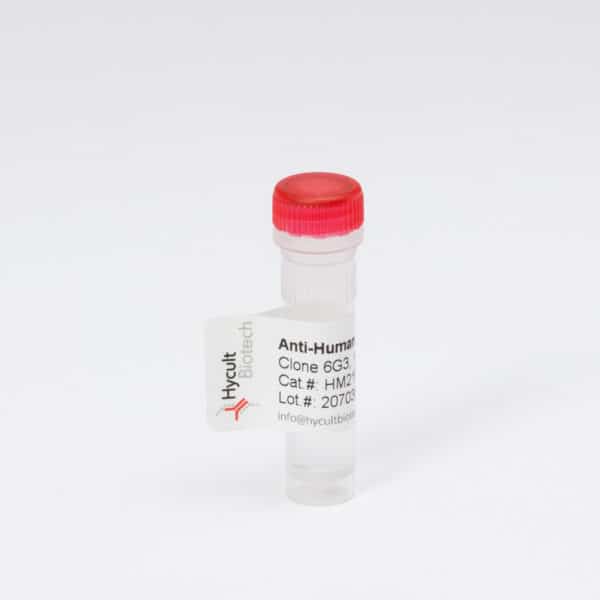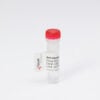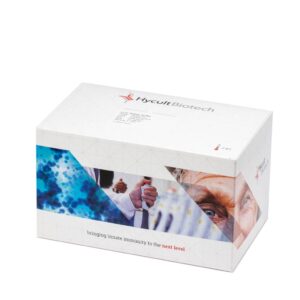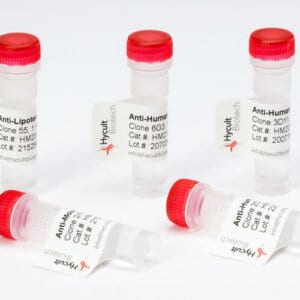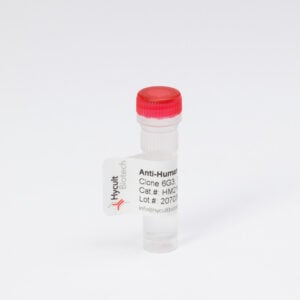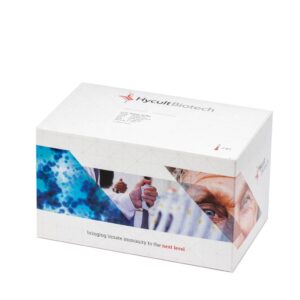C3aR, Mouse, mAb 14D4
The monoclonal antibody 14D4 reacts with mouse C3aR, which is a member of the rhodopsin superfamily of 7-transmembrane G protein-coupled receptors, with a molecular weight of approximately 54 kDa.
Read more€133.00 – €414.00
The monoclonal antibody 14D4 reacts with mouse C3aR, which is a member of the rhodopsin superfamily of 7-transmembrane G protein-coupled receptors, with a molecular weight of approximately 54 kDa.
Expression of C3aR has been demonstrated on a wide variety of immune cells, including monocytes, macrophages, dendritic cells, neutrophils, basophils, eosinophils, mast cells, T lymphocytes and B lymphocytes. In addition, C3aR is found on cells of the central nervous system, lungs and kidney. In the course of complement activation C3aR functions as the cell surface receptor for C3a, which is the C-terminal 77 amino acid cleavage product of C3. C3a, possesses both anaphylatoxic and immunoregulatory properties, such as smooth muscle contraction, histamine release from mast cells, and enhanced vascular permeability.
In addition, C3a induces respiratory burst in neutrophils and has chemotactic properties for eosinophils and mast cells. Moreover, C3a causes release of key cytokines from multiple cell types, including IL-1β, TNF-α, IL-6 and IL-8. A role for C3aR has been implicated in several murine disease models. It was shown that C3aR inhibition reduces neurodegeneration in experimental lupus, whereas in a murine model of allergic airway disease, deletion of the C3a receptor protects against the changes in lung physiology seen after allergen challenge. Finally, it was shown that deletion of C3aR is protective in myelin oligodendrocyte glycoprotein-induced experimental autoimmune encephalomyelitis.
You may be interested in…
-
View product €1,784.00
-
View product €133.00 – €1,245.00
-
View product €133.00 – €456.00
